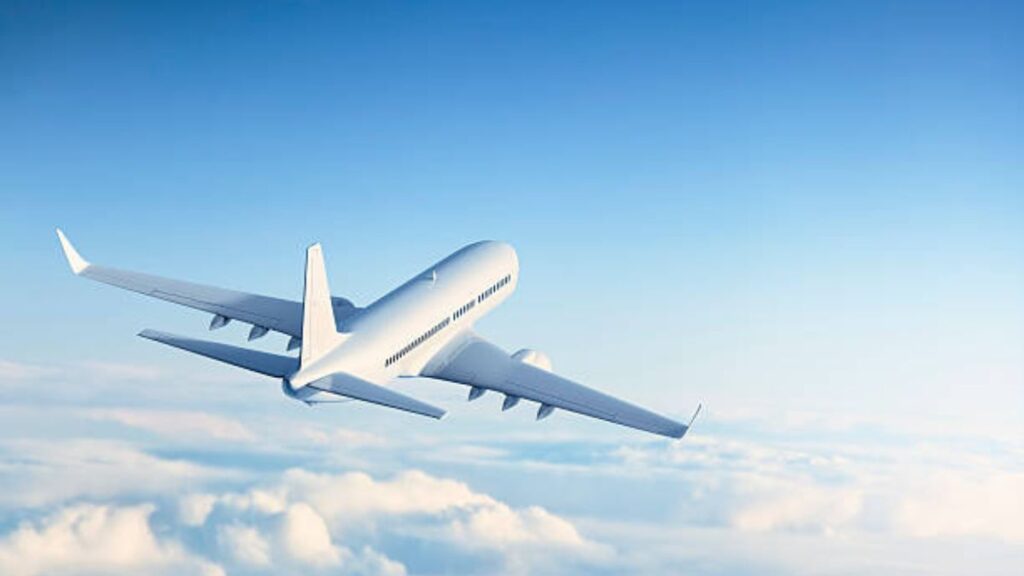Aviation has revolutionized how we experience and interact with the world, from early flights to modern jets and space exploration. This blog delves into aviation’s history, key milestones, and its ongoing impact on our lives.
The Early Days of Dreams and Innovation
The dream of flying dates back centuries, with some of the earliest ideas appearing in ancient myths. From Icarus in Greek mythology to Leonardo da Vinci’s sketches of flying machines during the Renaissance, humanity has long been fascinated by the skies.
However, the modern era of aviation began in the late 18th century with the Montgolfier brothers, who launched the first successful manned hot air balloon in France in 1783. This marked the first time humans could take to the skies, albeit in a gentle, floating manner. It was a bold and inspiring start, but the ambition to achieve speed, distance, and control had just begun.
Powered Flight Takes Off
The true dawn of aviation arrived on December 17, 1903, when Orville and Wilbur Wright achieved the first sustained, controlled, powered flight. The Wright Flyer, as it was called, flew for 12 seconds, covering 120 feet across the sands of Kitty Hawk, North Carolina. While modest in scale, this event ignited a wave of technological advancements.
Over the next few decades, aviation grew at an unprecedented pace. Engineers began to experiment with faster and more stable aircraft designs. By World War I, planes were already being used for reconnaissance and combat, marking the beginning of military aviation. During this period, aviation technology saw innovations in engine power, aerodynamics, and materials.
The Golden Age of Commercial Aviation
The 1920s and 1930s are often referred to as the “Golden Age of Aviation.” During this period, aviation shifted from a focus on experimentation to becoming a burgeoning industry. Charles Lindbergh’s solo transatlantic flight in 1927 onboard the Spirit of St. Louis captured the imagination of millions, proving that long-distance air travel was possible. Amelia Earhart’s achievements also broke barriers, becoming a symbol of progress and pushing the boundaries of what women could achieve in aviation.
With these accomplishments, commercial aviation began to flourish. Airlines such as Boeing, Lockheed, and Douglas introduced aircraft capable of carrying passengers further and faster than ever before. By the late 1930s, air travel had grown from being a privilege of the elite to a viable mode of transportation for the masses.
Aviation in Wartime
World War II was a turning point for aviation. It saw the development of advanced aircraft, such as the long-range bombers, fighter planes, and jet engines that shaped the future of air travel. Radar technology emerged, improving navigation and safety features, which later trickled down to commercial applications.
The conclusion of the war left many advances in aviation to be repurposed for civilian use. For example, jet engines became a foundation for modern passenger planes, enabling faster, quieter, and more economical flights.
The Jet Age
The 1950s introduced the Jet Age, marking another monumental leap in aviation history. The introduction of aircraft like the Boeing 707 and the de Havilland Comet revolutionized air travel, making international flights more accessible to the public. By the 1960s, aviation had gone from being merely functional to luxurious, with airlines competing to deliver the most comfortable and memorable experience.
Supersonic air travel also became a reality, with the Concorde making its maiden flight in 1969. Though its high operating costs eventually led to its discontinuation, the Concorde symbolized the peak of human imagination and innovation in aviation.
Aviation and the Space Race
While most history of aviation focuses on our skies, it’s important to note how aviation laid the groundwork for space exploration. The Space Race of the 1960s, spurred by Cold War competition, saw rapid developments in rocketry and spacecraft. NASA’s Apollo missions sent astronauts to the moon, redefining what aviation could achieve. Aircraft manufacturers and engineers working on space technology also significantly contributed to today’s advancements in materials, propulsion systems, and automation.
Aviation Today
Fast forward to the 21st century, aviation today is a global powerhouse, fueling economies and connecting people worldwide. We now have aircraft capable of traveling thousands of miles non-stop, carrying hundreds of passengers in safety and comfort. Modern planes like the Airbus A350 and Boeing 787 are not only efficient but also environmentally conscious, focusing on reducing emissions and fuel consumption.
On the technological front, artificial intelligence and automation are reshaping aviation with smarter flight paths, predictive maintenance, and enhanced passenger experiences. Wooden airplane models, while a nostalgic nod to aviation’s history, remind us how far the industry has come. Meanwhile, the rising interest in electric-powered aircraft and vertical takeoff and landing (VTOL) options promises to redefine accessibility, particularly in crowded urban areas.
The Future of Flight
Aviation’s future remains as exciting as its past. With an increasing focus on sustainability, experimental electric aircraft such as those from companies like Eviation and Lilium promise to revolutionize short-haul transportation. Supersonic travel may make a comeback with projects like Boom Supersonic, aiming to combine speed with environmental mindfulness.
There’s also growing interest in autonomous drones, which could transform cargo delivery and urban transport. And of course, space tourism led by companies like SpaceX and Blue Origin speaks to aviation’s continued expansion beyond Earth’s atmosphere.
Conclusion
Aviation has come a long way from the days of floating hot air balloons. It is a story of ambition, innovation, and an unrelenting desire to push boundaries. From pioneers like the Wright brothers to the advanced heads-up displays in cockpits today, aviation is more than just transportation; it is a symbol of human progress.







